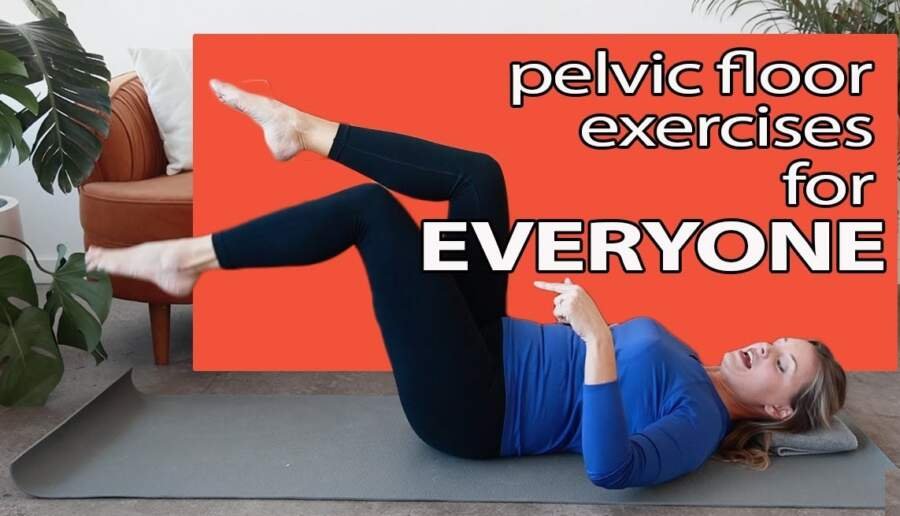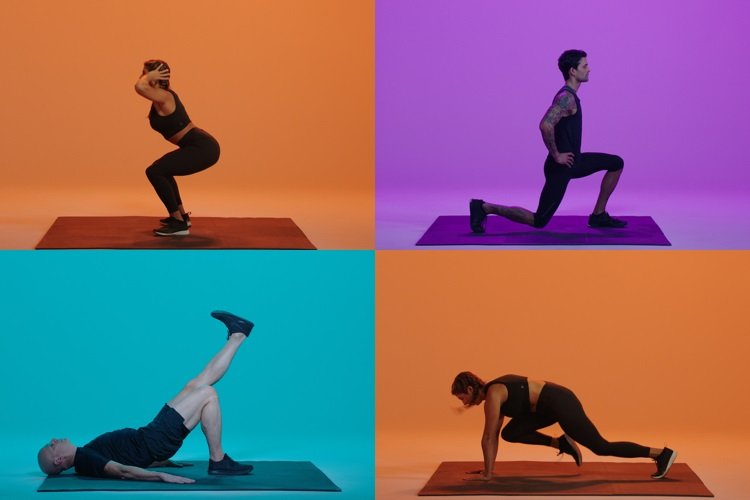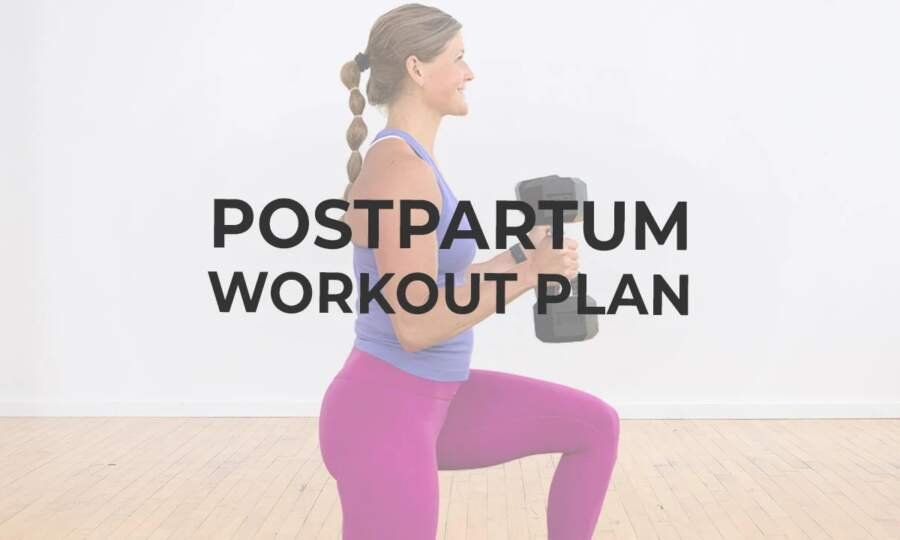Congratulations! Now you have a new small addition to your family! Postpartum workouts can be a great way for new mothers to regain strength, improve energy levels, and promote overall well-being. However, it’s highly important to consult with your healthcare provider before starting any exercise routine to ensure it’s safe based on your circumstances.
Here are some useful postpartum workouts that you can do at home:
1. Pelvic Floor Exercises (Kegels):
Strengthening your pelvic floor muscles is essential after giving birth. Kegel exercises involve contracting and relaxing the specific muscles that control urination. Simply squeeze your pelvic floor muscles for a few seconds and then release. Repeat this pelvic exercise several times throughout the day.
2. Walking:
Walking is often considered a low-impact exercise that can be done with your baby. Start with short walks and slowly and gradually increase the duration and intensity as you feel comfortable. Use a baby carrier or stroller for added convenience. Walking not only helps with cardiovascular fitness but also promotes mental well-being.
Treadmill walking is a fantastic, low-impact option for postpartum exercise. Get the best treadmill. Start with shorter sessions at a comfortable pace and gradually increase the duration and speed. As you progress, you can incorporate light jogging intervals if you feel ready and have received the green light from your healthcare provider.
3. Core Strengthening:
Rebuilding core strength is crucial after pregnancy. Begin with gentle exercises like pelvic tilts, abdominal bracing, and crunches. Lie on your back comfortably and keep your knees bent, then slowly contract your abdominal muscles, and lift your head and shoulders slowly, slightly off the floor. Hold for a few seconds and gradually increase repetitions as you get stronger. You can incorporate planks and side planks to further engage your core muscles as you progress.
4. Postpartum Yoga:
Yoga can help improve flexibility, posture, and overall well-being. Look for postpartum yoga routines focusing on gentle stretching, relaxation, and deep breathing. In addition, many online blogs and videos are available specifically designed for new mothers. They often include exercises to strengthen the core, pelvic floor, and back muscles while promoting relaxation. These exercises focus on flexibility, strength, and mindfulness.
5. Strength Training:
Start with bodyweight exercises such as squats, lunges, push-ups, and modified tricep dips. As you regain strength, you can gradually incorporate light dumbbells or resistance bands to increase the intensity. Strength training helps in gaining the gone strength back during pregnancy and childbirth. Of course, mothers are very strong. You just need to physically acquire it back.
6. Cardiovascular Exercise:
Engaging in cardio exercises can help burn calories and boost your energy levels. Low-impact options like stationary cycling, swimming, or aerobic exercises can be great. Begin slowly and gradually increase the duration and intensity of your workouts.
7. Mind-Body Practices:
Practices like meditation and deep breathing can help reduce stress and promote relaxation. Take a few moments each time to focus on your breath. This will calm your mind. You are a new mother, and you also desperately need your me time. Otherwise, it might lead to postpartum depression and have several other bad consequences.
8. Dance workouts:
Dancing is a fun and effective way to get moving in the postpartum. Look for dance workout videos or classes specifically designed for new mothers. These routines often focus on gentle movements, core engagement, and flexibility. Start with easy dance routines and gradually move to more flexible and challenging ones.
9. Postpartum-specific workout programs:
Many fitness trainers and experts have designed specialized postpartum workout programs that target the specific needs of new mothers. These programs typically incorporate exercises to regain core strength, improve posture, and promote overall fitness. You can find these programs online or consider working with a postnatal fitness specialist.
Remember, it’s highly important to listen to your body and accordingly progress at a pace that feels comfortable for you. Be sure to consult and talk with your healthcare provider before starting any postpartum workout routine, especially if you have had a complicated birth or are experiencing any physical concerns.
Pay attention to any pain, discomfort, or unusual symptoms during or after workouts. If you experience any issues such as severe pain, excessive bleeding, dizziness, or urinary incontinence, stop exercising and consult your healthcare provider immediately.
Conclusion
Always keep in mind to listen to what your body says about its progress pace; accordingly, do everything that feels comfortable for you. Start very slowly and gradually develop the intensity and duration of your workouts. Be patient with yourself, and always allow your body to heal and recover. If you experience any pain, discomfort, or unusual symptoms during or after exercise, consult your healthcare provider.










































































